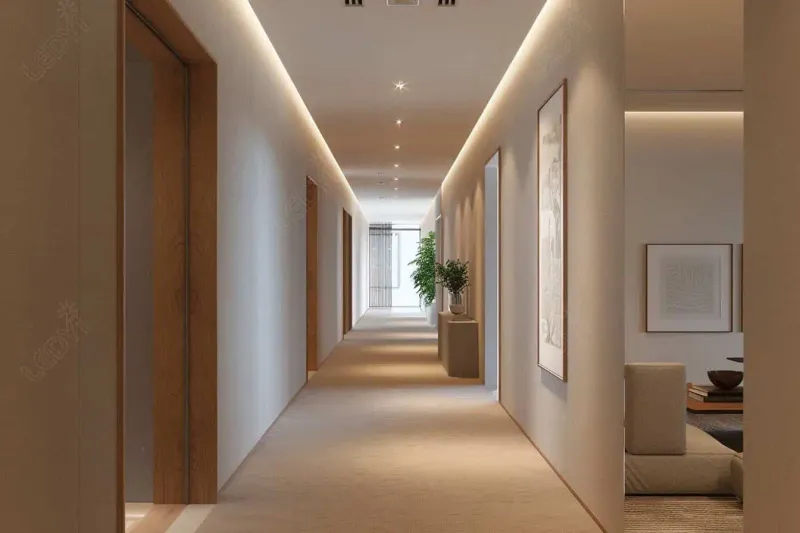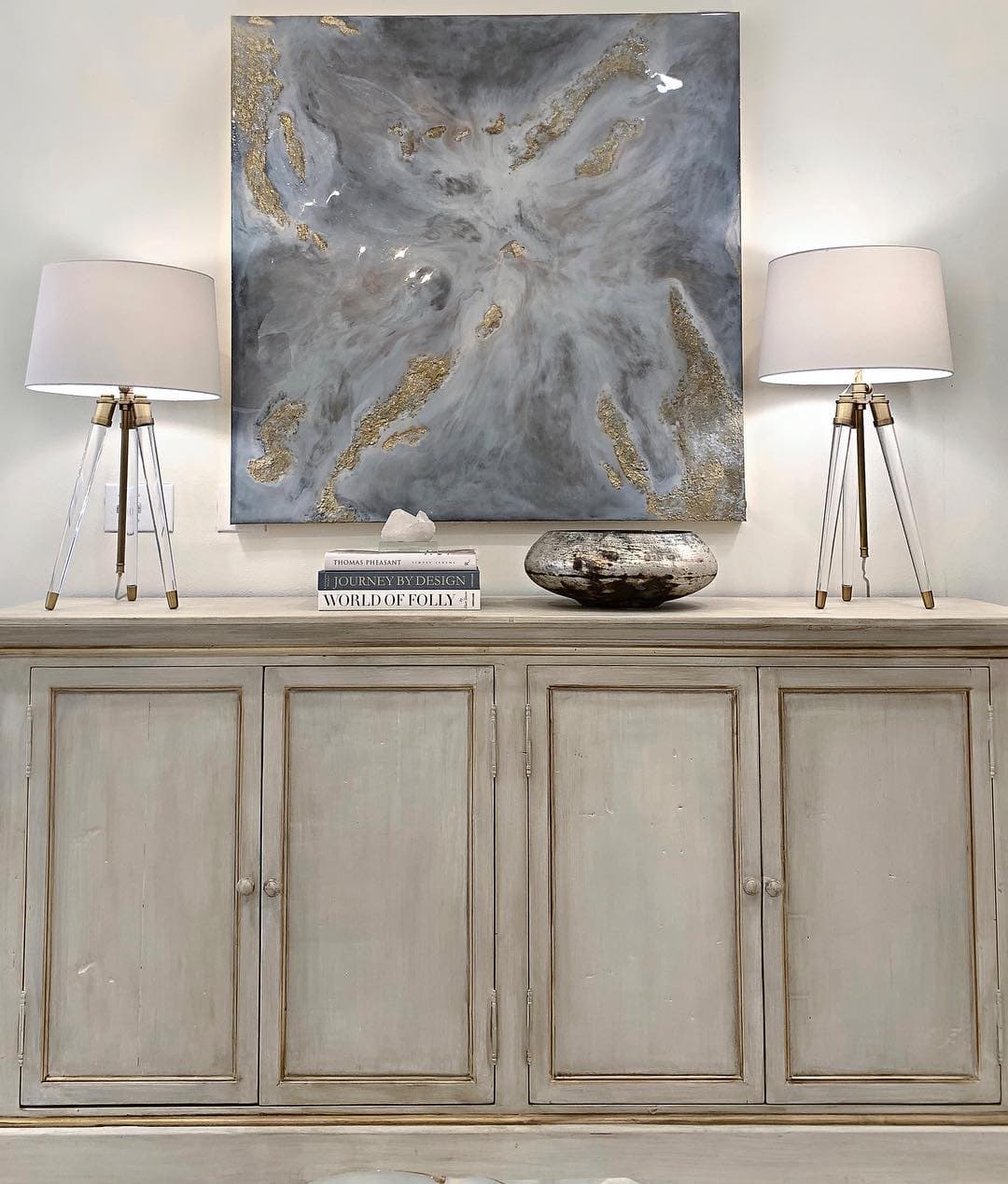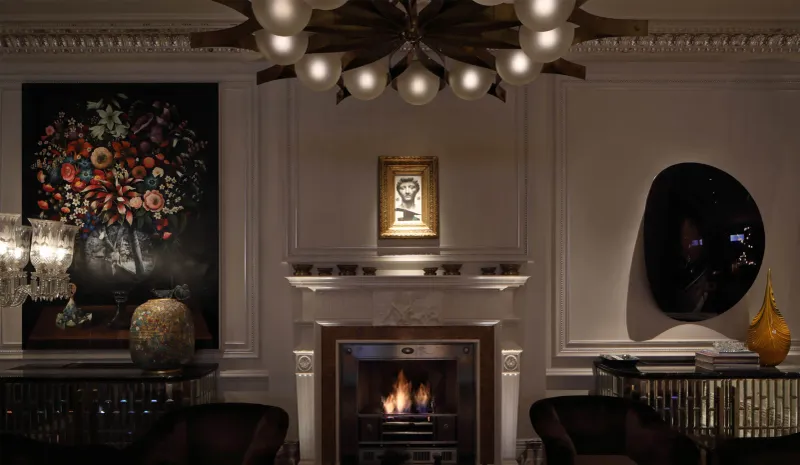Lighting can transform art from a mere decoration into a focal point that commands attention and admiration.
Whether it’s a painting, a sculpture, or a photograph, proper illumination reveals the true depth and beauty of art by highlighting its colors, textures, and intricate details.
In this article, we explore 10 compelling reasons to always ensure your art is shown in its best light.
1. Offers Versatility and Control

In the era of smart technology, lighting art offers versatility and control like never before.
Imagine a smart home system where you can adjust lights for various artworks, adapting the ambiance to your mood or occasion.
This level of control allows for a personalized art experience, where each piece can be highlighted or subdued as desired.
It’s about creating a living space that evolves with you, where art and light together form a dynamic duo that caters to your lifestyle.
2. Enhances Visual Impact

Art can transform a room, and lighting enhances this effect dramatically. A spotlight on a painting can accentuate its colors and textures, making the art the focal point of the room.
Proper lighting can make the artwork pop, creating a visual impact that captivates viewers and adds a layer of sophistication to your interior design.
Consider how a well-lit piece draws attention, inviting guests to admire its beauty. It’s not just about seeing the art; it’s about experiencing it fully.
Light brings life to art, and in doing so, it enriches our living spaces.
3. Reflects Mood and Atmosphere

Lighting sets the tone for a space, and illuminated art contributes significantly to the desired mood and atmosphere.
Imagine a dimly lit room where a modern abstract sculpture is highlighted by dramatic lighting, creating an intimate and contemplative environment.
Such lighting choices can evoke emotions, inspire creativity, and promote relaxation.
By adjusting the lighting, you can transform the ambiance easily, making your home a dynamic and versatile environment.
Art lighting becomes a tool for personal expression, reflecting your unique style and preferences.
4. Protects the Artwork

Proper illumination not only enhances art but also protects it. Lighting with UV protection shields artwork from damaging rays that can cause fading and deterioration over time.
In a home gallery, you can see this application, where oil paintings are lit with specialized lights that preserve their vibrant colors.
It’s an investment in your art’s longevity, ensuring that your collection remains pristine for years to come.
This aspect of art lighting is crucial for preserving valuable pieces and maintaining their original allure.
5. Adds Depth and Dimension

Art takes on new dimensions when illuminated correctly. In a hallway, layered lighting on a textured canvas painting can highlight its depth and make it come alive.
By playing with shadows and light, you add an element of intrigue and complexity, allowing the viewer to discover hidden details and appreciate the artistry in new ways.
This technique not only enhances the art but also adds architectural interest to the space, making it a conversation starter and focal point.
6. Complements Architectural Features

Art and architecture can complement each other beautifully when illuminated strategically. Picture an open-concept home where spotlighting is used to highlight art near exposed brick walls.
This approach not only draws attention to the artwork but also enhances the architectural features of the room.
The interplay of light and shadow can create a harmonious balance between the art and its surroundings, enhancing the overall aesthetic of the space and adding character and warmth.
7. Highlights Artistic Details

The magic of art often lies in its details, and lighting plays a critical role in highlighting these finer points.
Imagine a detailed photograph under pinpoint lighting in a minimalist room, where every nuance is brought to life.
This focused illumination allows observers to appreciate the intricacies of the piece, from subtle textures to delicate color transitions.
It’s an invitation to explore the art more closely, enriching the viewing experience and fostering a deeper connection with the piece.
8. Creates Focal Points

Focal points in a room guide the viewer’s eye, and illuminated art can serve this purpose elegantly.
In a dining room, a single light focusing on a colorful painting can draw attention and create a central point of interest.
This arrangement encourages conversation and admiration, making the art an integral part of the dining experience.
Such strategic lighting not only enhances the artwork but also adds to the room’s ambiance, making every meal a visually enriched occasion.
9. Increases Perceived Value

Lighting can significantly influence the perceived value of art. In a luxurious study, classic paintings elegantly lit suggest sophistication and richness.
The careful placement and type of lighting can make artworks appear more valuable and prestigious, enhancing the overall image of the room.
It’s about creating an aura of exclusivity and refinement, where every piece is showcased to reflect its worth and significance.
10. Facilitates Emotional Engagement

Art has the power to touch the soul, and lighting facilitates this emotional engagement. Consider a cozy reading nook where a softly lit landscape painting provides a sense of tranquility and inspiration.
Such lighting creates an emotional resonance, allowing you to connect with the piece on a deeper level.
It transforms the viewing experience into something personal and meaningful, where art becomes more than decoration—it becomes a source of comfort and reflection.

